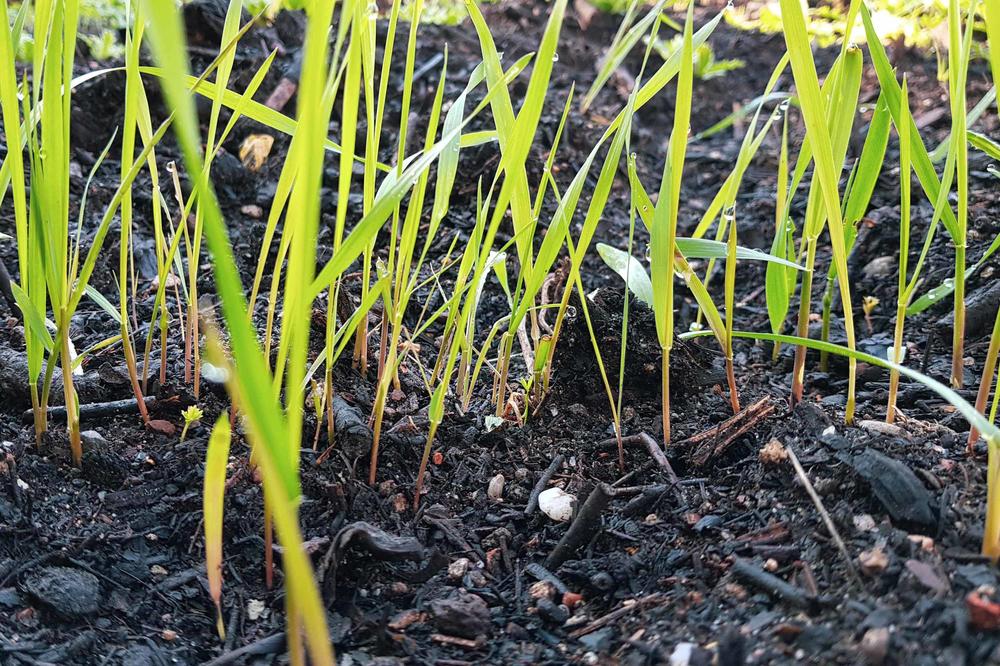Heavy Metal Pollution, Herbicide, Microplastics: Anthropogenic Factors in Soil Ecosystems Have Greater Impact the More Dissimilar and Numerous They Are
Researchers from Freie Universität Berlin examine the effects of multiple, co-acting global change factors on soil biota and functions in new “Nature Communications” study
№ 179/2024 from Sep 23, 2024
A research team from Freie Universität Berlin has discovered that soil properties are severely impacted when subjected to a large number of different environmental stressors. Their findings appear in an article recently published in Nature Communications. The study is available online at https://www.nature.com/articles/s41467-024-52511-2.
Human-induced global change is the result of a complex combination of factors that affect terrestrial ecosystems. These factors include climate change, chemical pollution (such as heavy metals), and microplastics. The study “Number and Dissimilarity of Global Change Factors Influences Soil Properties and Functions,” led by doctoral candidates Mohan Bi and Huiying Li, emphasizes the important role that the dissimilarity of these factors itself plays when assessing the impact of human activities on soil.
“Our results indicate that the effects are more severe when the different factors are highly dissimilar,” explains Professor Matthias Rillig, head of the Ecology Working Group at Freie Universität Berlin. “When multiple factors are at work, more factor interactions occur, which can lead to the emergence of synergistic effects of high-dissimilarity multiple factors.”
Mohan Bi and Huiying Li, two doctoral candidates from Rillig’s working group, led the study, which was conducted with assistance from two other doctoral researchers in the lab as well as contributions from Professor Masahiro Ryo from the Brandenburg University of Technology Cottbus-Senftenberg.
The extensive laboratory experiments were performed by all four doctoral researchers, in which they created a factor pool of twelve global change factors. The different factors included, for example, various synthetic organic chemicals, as well as nitrogen deposition, heavy metals, salinity, and drought. The factors were then combined in groups of two, five, or eight and applied simultaneously. Each of these groups was then combined at random in fifty different ways. Using this method, the researchers could create factor combinations with varying degrees of dissimilarity: some of the experimental groups had factor combinations whose individual effects were very similar, while other factor combinations involved greater dissimilarity in their individual effects. The experiments allowed the scientists to test which conditions were more harmful for soil: For example, is it worse when soil is subjected to numerous factors with highly diverse effects, or when the factors are similar and pull in the same direction, so to speak?
The study paves the way for new insights into the mechanisms underpinning the effects of multiple co-acting global change factors. “This knowledge might help us find ways to restore ecosystems that have already been damaged,” says Professor Rillig. “Instead of focusing on individual factors, we need to consider the entirety of factors. For example, one approach might be to concentrate on those factors that are most dissimilar and eliminate them first.” The study contributes significantly to advancing ecological research by demonstrating the importance of examining how environmental factors interact with each other, rather than focusing on individual stressors in isolation.
Further Information
Publication
Bi, M., Li, H., Meidl, P. et al. “Number and Dissimilarity of Global Change Factors Influences Soil Properties and Functions.” Nature Communications 15, 8188 (2024). https://doi.org/10.1038/s41467-024-52511-2
Contact
Prof. Dr. Matthias C. Rillig, Ecology of Plants, Institute of Biology, Freie Universität Berlin, Altensteinstraße 6, 14195 Berlin; Email: rillig@zedat.fu-berlin.de; Website: https://rilliglab.org

